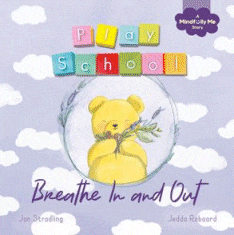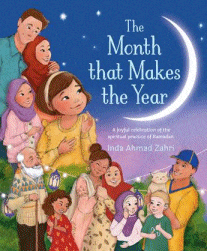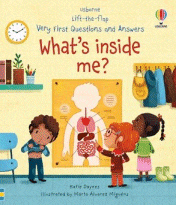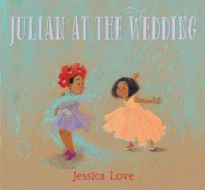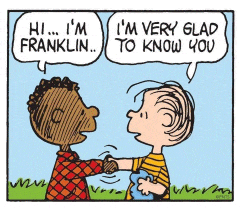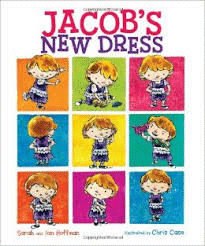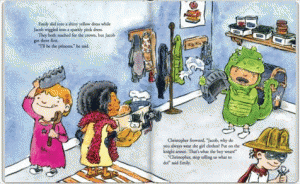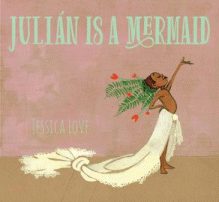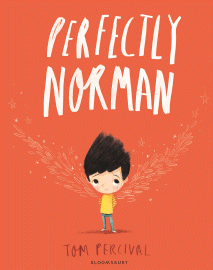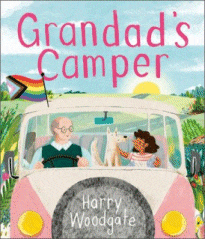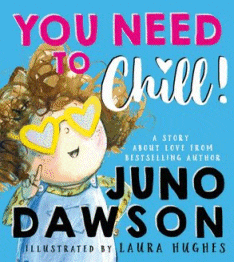
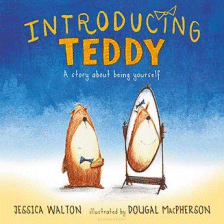
Introducing Teddy
Introducing Teddy: A story about being yourself
Jessica Walton
Dougal Macpherson
Bloomsbury, 2016
32pp., hbk., RRP $A24.99
9781408877630
Errol and his teddy, Thomas, are best friends. They do everything together and go everywhere together. Riding the bike, planting the veges, eating sandwiches in the treehouse, and having tea parties indoors when it is raining.
But one day Thomas seems incredibly sad and nothing Errol can do can cheer him up – not even playing on the swings in the park.
“What’s wrong, Thomas. Talk to me,” said Errol.
“If I tell you,” said Thomas, you might not be my friend any more.”
“I will always be your friend, Thomas.”
Thomas the teddy took a deep breath. “I need to be myself, Errol. In my heart. I’ve always known that I’m a girl teddy, not a boy teddy. I wish my name was Tilly, not Thomas.”
Does this revelation affect Errol’s friendship with his teddy? Not at all. It’s their friendship that matters. Neither does it bother their friend Ava, who scoots by and joins in the fun of the park. And at the very next tea party Errol and Tilly have a lovely time with Ava and her robot.
The publisher’s blurb for this book says it is “a ground-breaking children’s book about gender identity and friendship’ and indeed it is for if you have ever tried to find stories about this topic for young people, you will know they are few and far between. In fact, anything that touches on gender diversity is scarce and yet it is an area that needs and deserves attention. Written in response to a personal need, its Australian author has really highlighted that gender orientation should not be that which defines us, and for kids, it isn’t. Being a friend is much more important. Having witnessed the transition of a girl to a boy first-hand, what was very evident was that the other students just accepted the child for who he was. There was no fuss or bother, teasing or bullying. Perhaps this was because of the way both the parents and the school handled the matter, but it was very apparent, that as with any form of discrimination, it is the adult generation that finds things hard to accept and imposes sanctions. Just like Errol, the existing friendship was stronger and more important than anything else.
Through a wonderful marriage of text and illustrations, Walton and Macpherson have explored this concept perfectly – the repositioning of the bow tie to hair ribbon is just exquisite.
However, while I believe that this book and others like it have a place in the school library collection, there are those who are likely to object and therefore it would be prudent to make sure that your Collection Policy includes a statement such as “no resource in the general collection will be shelved, labelled or displayed in a way that discriminates or marginalises a user on the grounds of ability, culture, ethnicity, religion sexual orientation, or any other consideration”. It would also be prudent to talk to your exec so they are in the loop as they are usually the go-to people when parents complain. (For more information on this go to The Tricky Topics Hat )
“Inclusivity” and “diversity” have to be more than just buzzwords in the current educational jargon, and we need more writers like Jessica Walton to enable us to ensure that all our students are able to read about themselves in the resources we offer them.
Originally published June 1 2016
Updated February 2023
